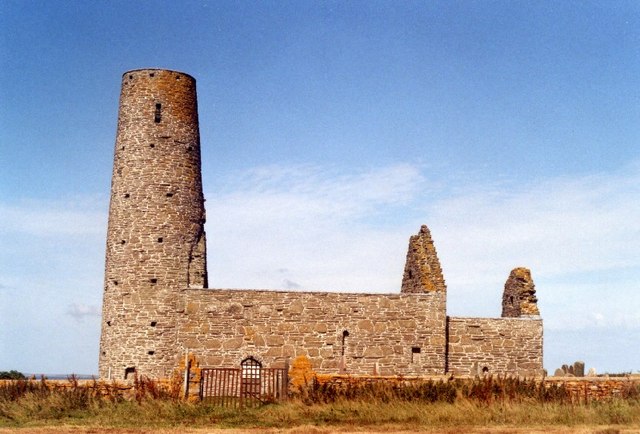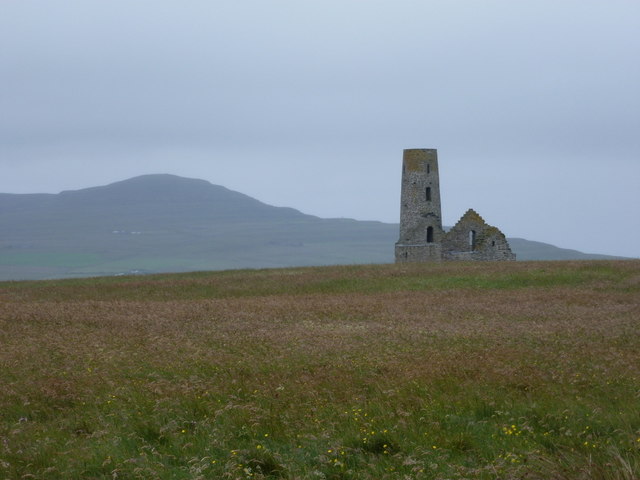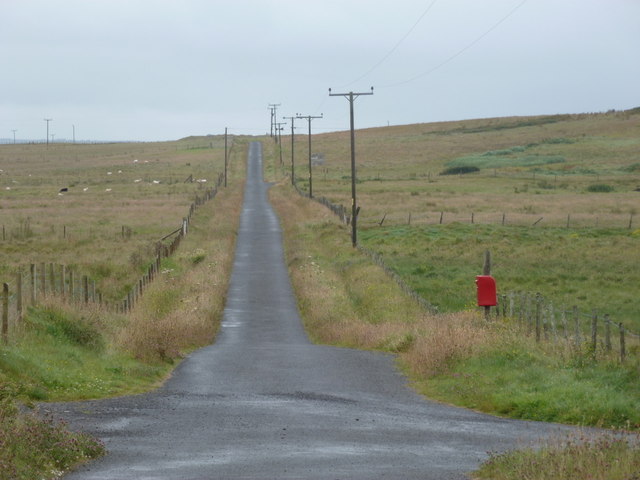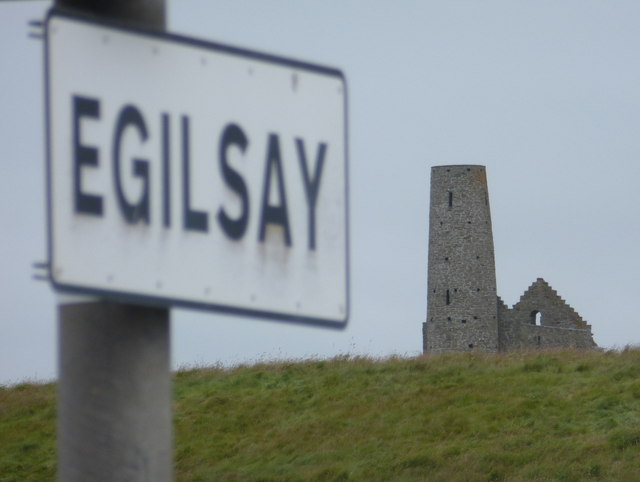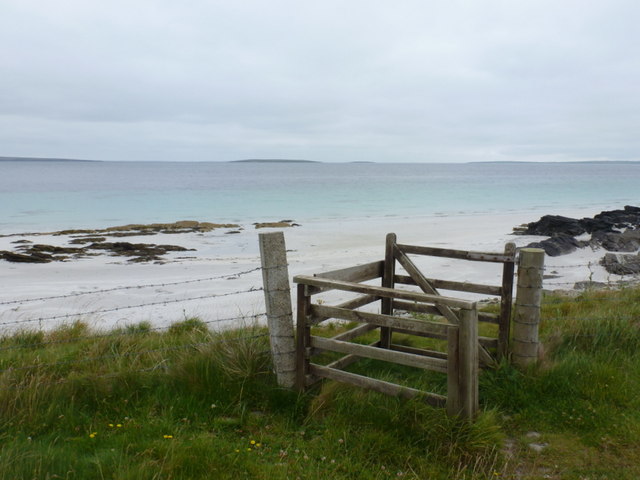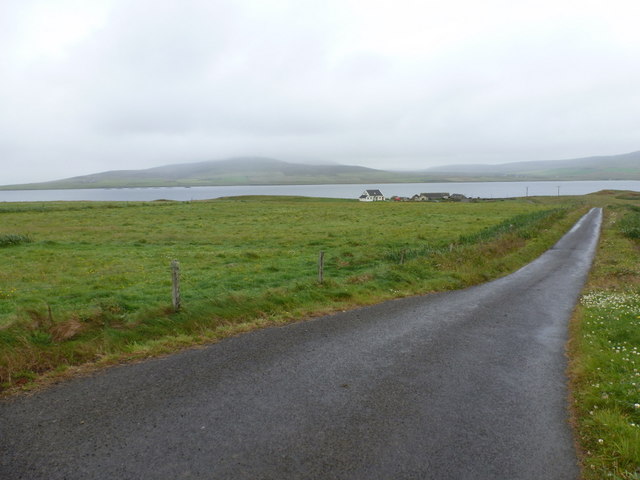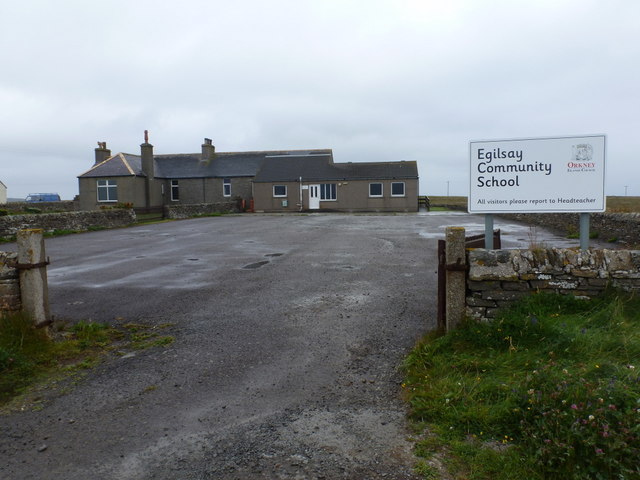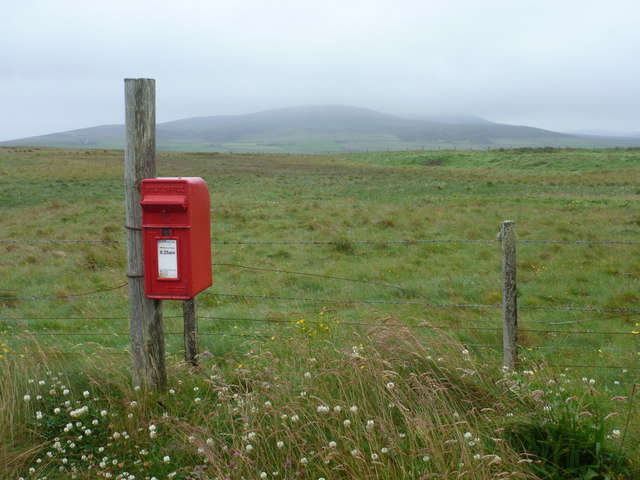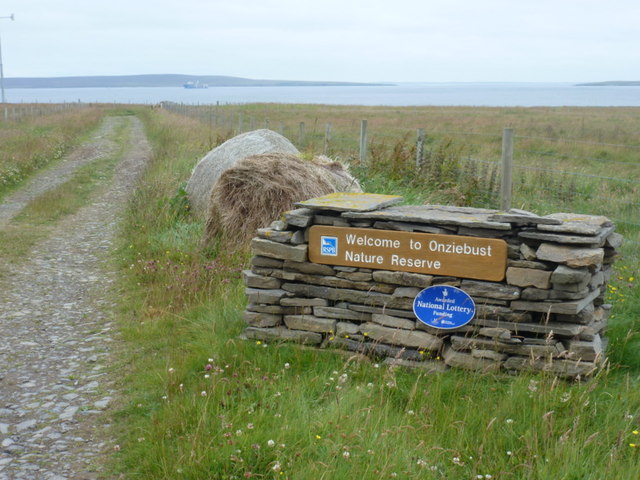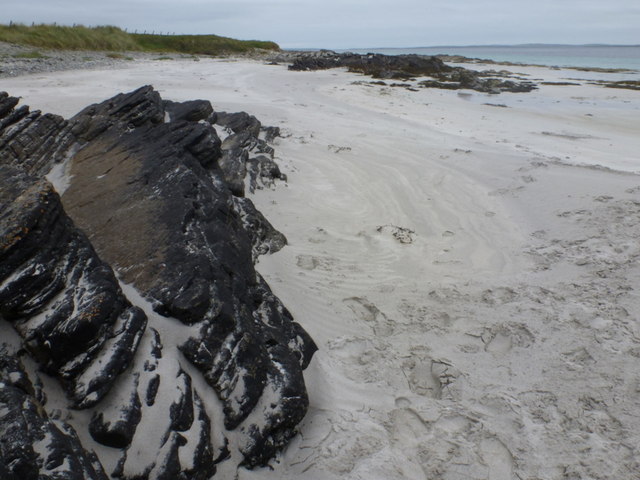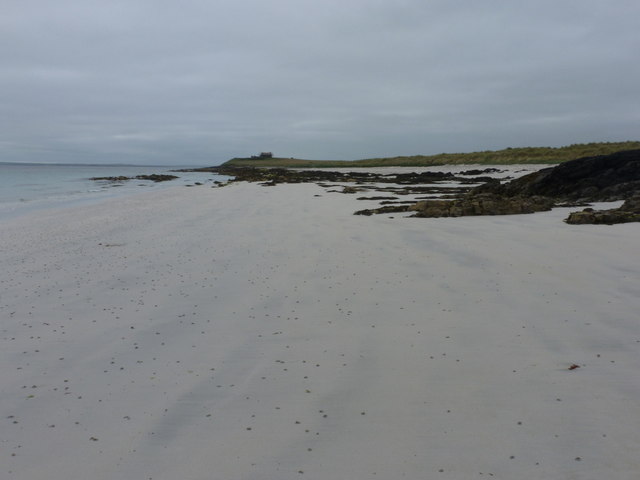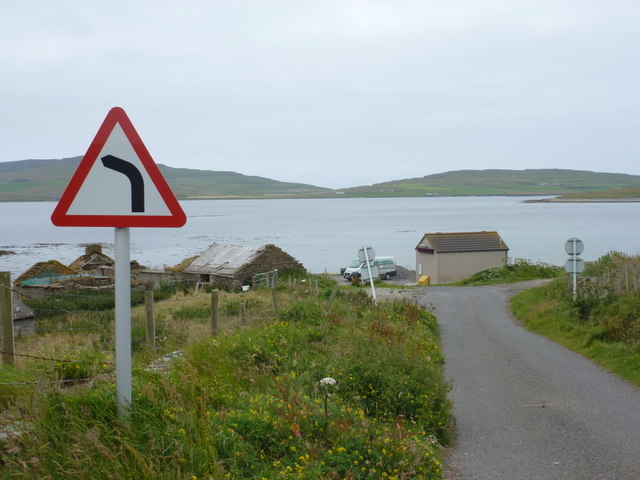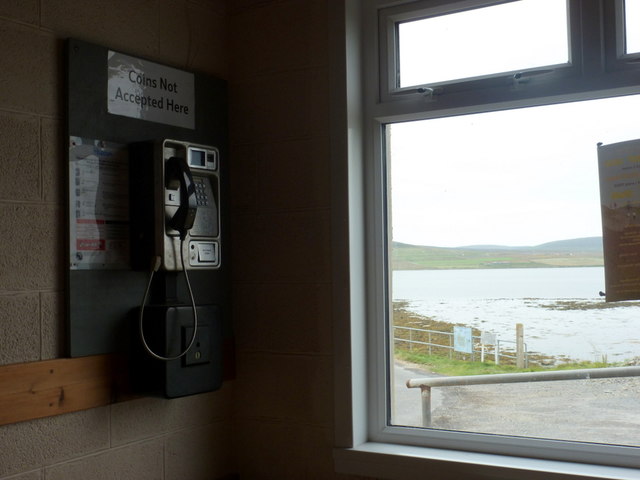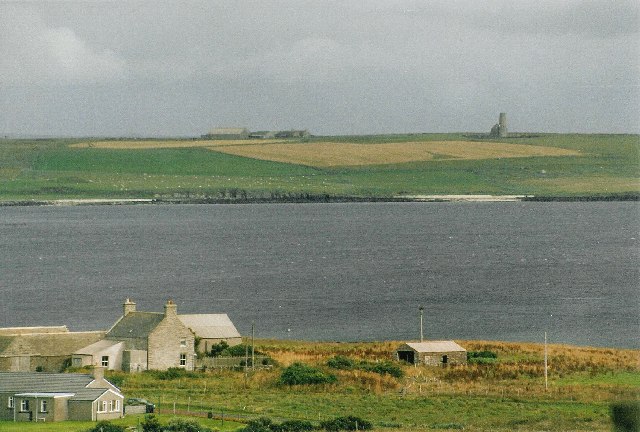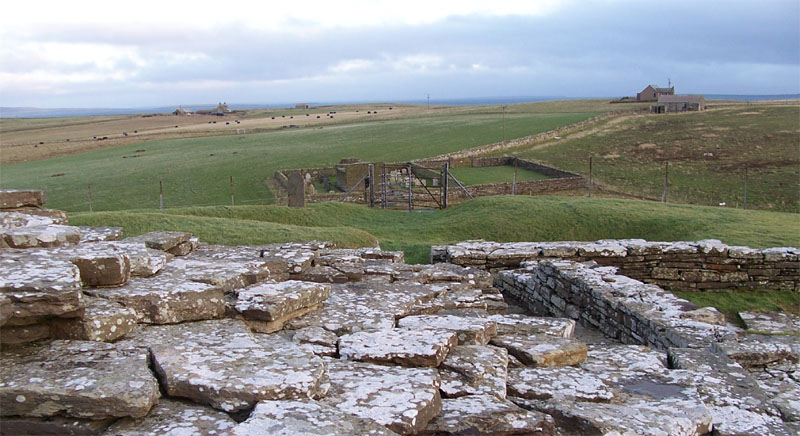Bay of Skaill
Bay in Orkney
Scotland
Bay of Skaill

The Bay of Skaill is a picturesque bay located on the west coast of Mainland, the largest island in the Orkney archipelago, Scotland. It stretches between the dramatic cliffs of Marwick Head and Point of Ayre, offering breathtaking views of the North Atlantic Ocean.
The bay is renowned for its natural beauty and historical significance. It is home to the world-famous Neolithic site of Skara Brae, a UNESCO World Heritage Site, which was discovered in 1850 after a severe storm uncovered the remains of a prehistoric village. Skara Brae provides a unique insight into the lives of the inhabitants who occupied the area around 5,000 years ago.
The Bay of Skaill is a popular destination for nature lovers, history enthusiasts, and beachgoers alike. The sandy beach, known as Skaill Bay, is a haven for wildlife, with various species of seabirds nesting in the cliffs and seals often spotted lounging on the shore. Visitors can enjoy leisurely walks along the beach, taking in the stunning coastal scenery and exploring the rock pools teeming with marine life.
The bay also offers opportunities for outdoor activities such as birdwatching, fishing, and kayaking. The surrounding landscape is dotted with ancient sites and landmarks, including the Brough of Birsay, a small tidal island accessible by causeway, and the Kitchener Memorial, erected in memory of Lord Kitchener who died in 1916 when his ship sank nearby.
Overall, the Bay of Skaill is a captivating destination that combines natural beauty, rich history, and a tranquil atmosphere, making it a must-visit location for those exploring the Orkney Islands.
If you have any feedback on the listing, please let us know in the comments section below.
Bay of Skaill Images
Images are sourced within 2km of 59.145744/-2.94036 or Grid Reference HY4629. Thanks to Geograph Open Source API. All images are credited.

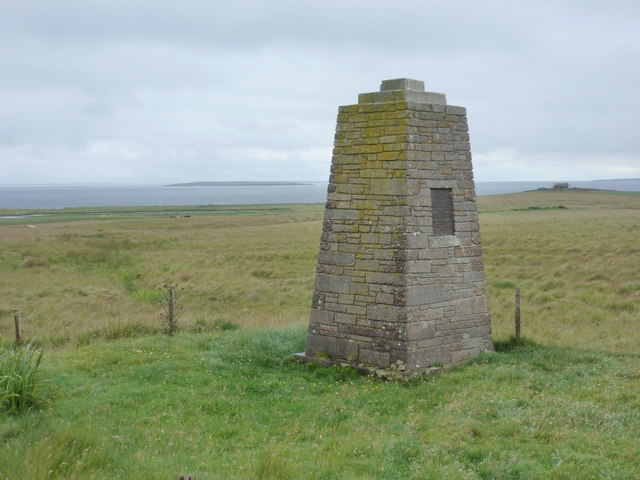
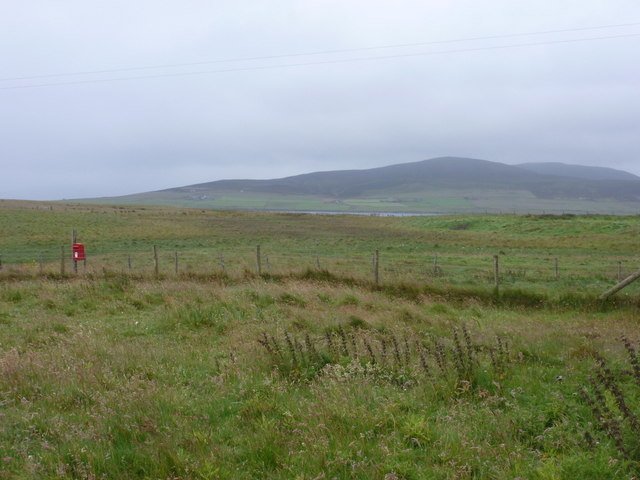
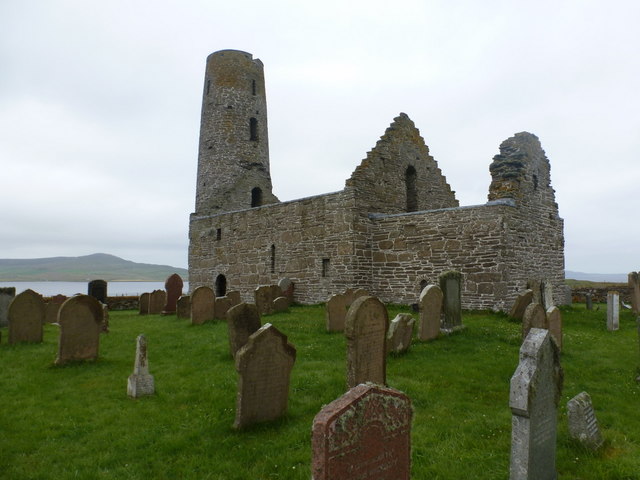
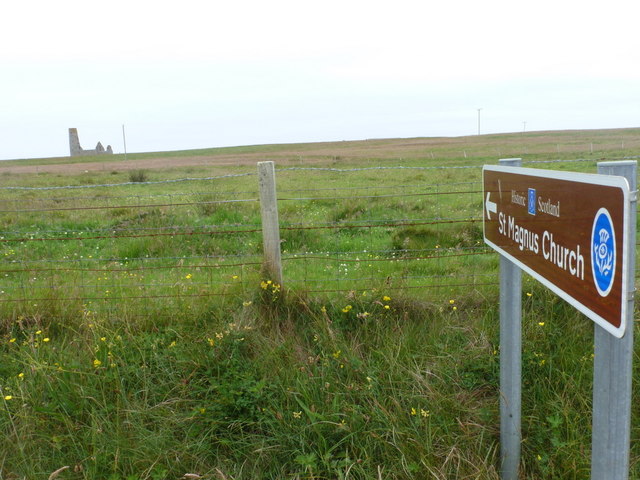
Bay of Skaill is located at Grid Ref: HY4629 (Lat: 59.145744, Lng: -2.94036)
Unitary Authority: Orkney Islands
Police Authority: Highlands and Islands
What 3 Words
///clues.series.mash. Near Brinian, Orkney Islands
Nearby Locations
Related Wikis
St Magnus Church, Egilsay
St Magnus's Church is a ruined medieval church located on the island of Egilsay, in Orkney, Scotland. The site is recognized as the place of execution...
Egilsay
Egilsay (, Scots: Egilsay) is one of the Orkney Islands in Scotland, lying east of Rousay. The island is largely farmland and is known for its corncrakes...
Holm of Scockness
The Holm of Scockness is a small island in the Orkney Islands, between Rousay and Egilsay. It is currently used for grazing. Its name is Norse in origin...
Brinian
Brinian is a village on the island of Rousay, in Orkney, Scotland. Trumland is situated to the west of the village, with Taversöe Tuick nearby. Brinian...
Trumland
Trumland is a Category B listed house and associated estate on Rousay, in Orkney, Scotland, built in its present form in the 1870s. Designed by David...
St. Mary's Chapel, Wyre
St. Mary's Chapel is a ruined 12th century chapel found on the island of Wyre, in Orkney, Scotland. It is thought to have been built by a Norse chieftain...
Cobbie Row's Castle
Cobbie Row's (or Cubbie Roo's) Castle is the oldest medieval castle known to exist in Scotland. The castle ruins are located on the island of Wyre in Orkney...
Wyre, Orkney
Wyre (historically known as Viera and Veira) is one of the Orkney Islands, lying south-east of Rousay. It is 311 hectares (1.20 sq mi) and 32 metres (105...
Related Videos
Orkney 2022-08-16 Egilsay
This is my tour around the small island of Egilsay. Started off super cold and windy, eventually brightening up. Visibility got much ...
Nearby Amenities
Located within 500m of 59.145744,-2.94036Have you been to Bay of Skaill?
Leave your review of Bay of Skaill below (or comments, questions and feedback).
